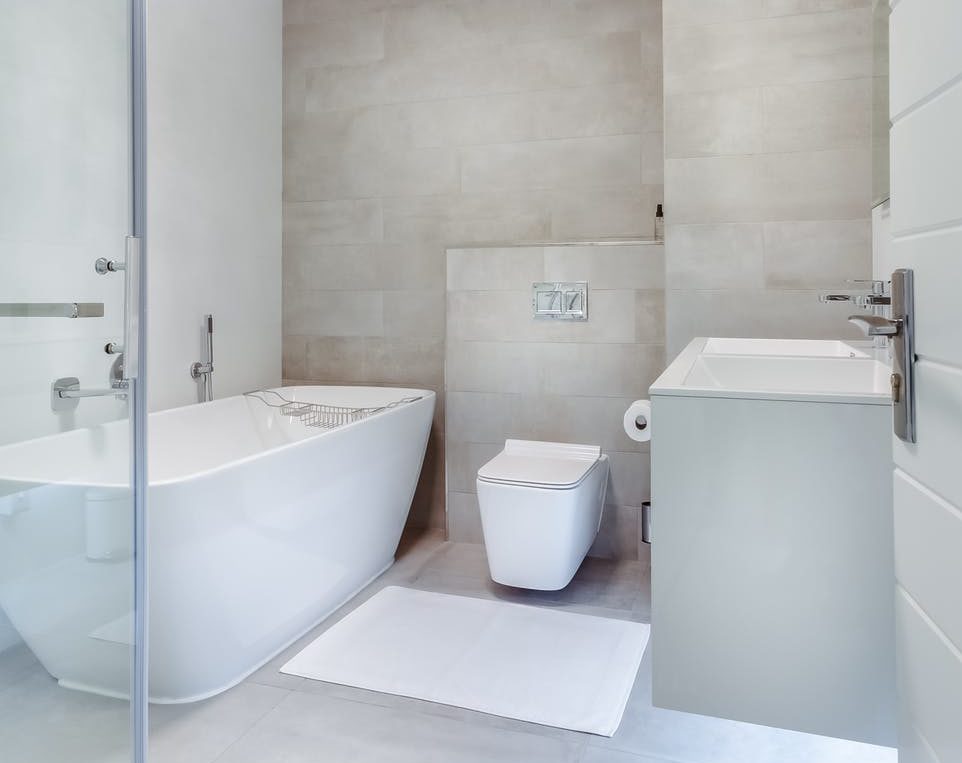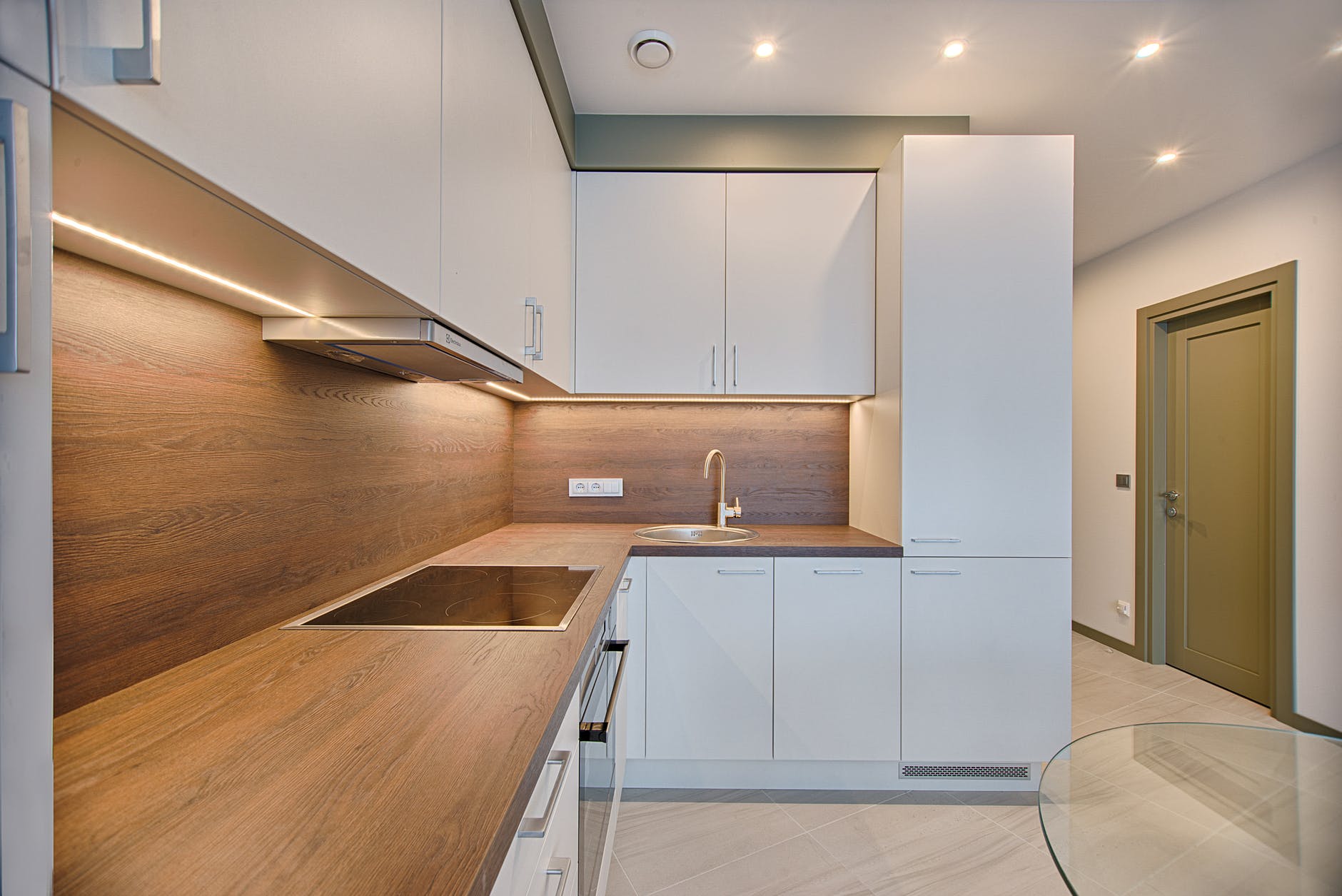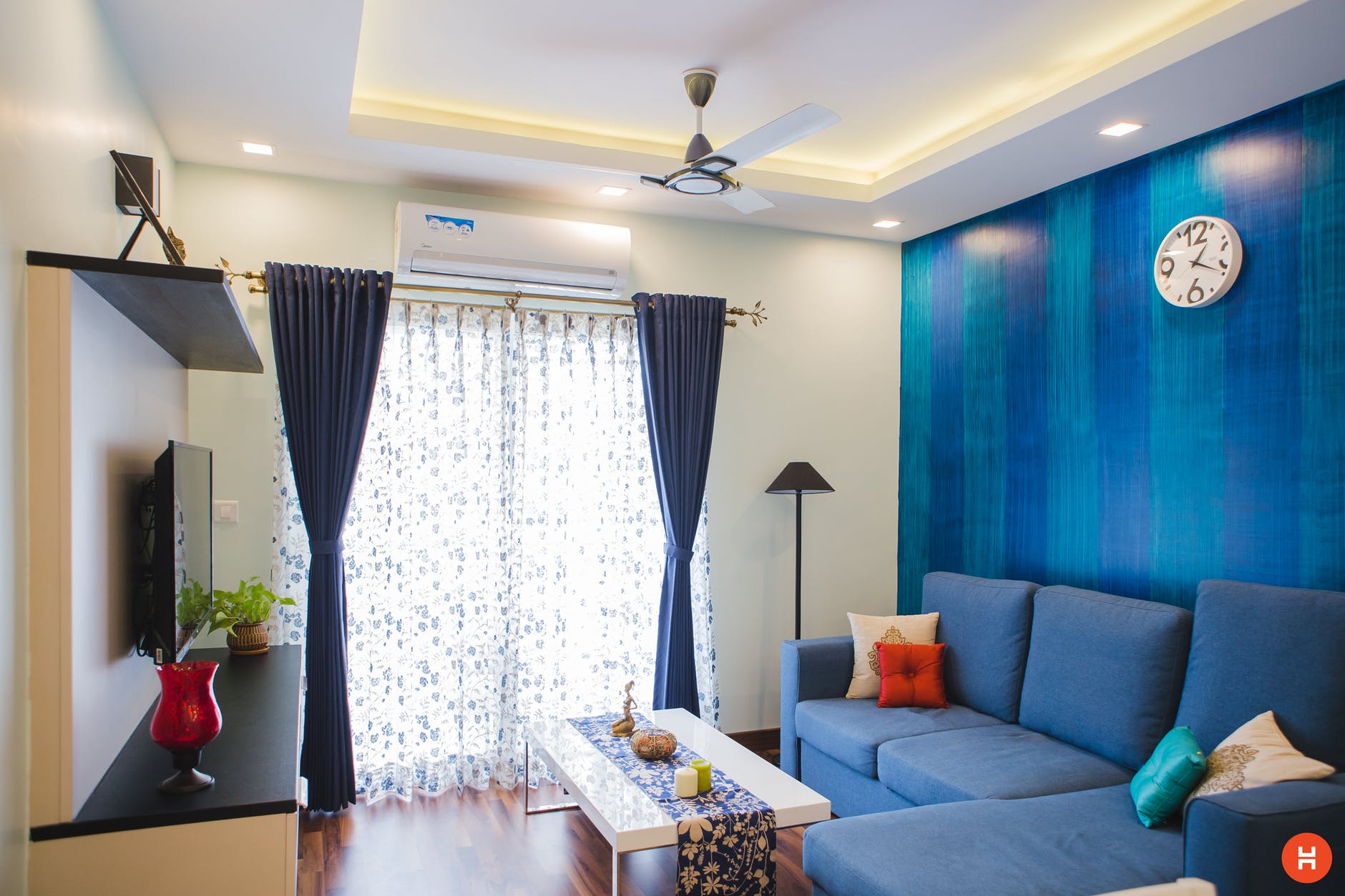Galaxy Home Guide: Creating the Perfect Accent Wall
Adding an accent wall to homes has been around for a long time, but certainly has been growing in popularity as HGTV and other design-oriented media becomes more accessible to home audiences. Sometimes people want to jump on this trend, but end up disliking the end result, or they just aren’t sure where to start.
Aside from just choosing a random wall and painting it a different color, what should you look for when choosing an accent wall in your home?
The selection can’t be arbitrary or it can actually create design chaos and visual confusion. This can actually affect your mood in a space. While experienced designers can break the standard rules, the average person probably shouldn’t, so we’re going to go over some simple ways to identify which wall would be best as an accent wall, and how to choose what to accent it with.
Work With Existing Focal Points
Choosing the right wall is dependent on the space, as accent walls aren’t just for living rooms, but a good general rule of thumb is to utilize the focal point of the room. If there’s a built-in fireplace, that is an easy choice as the fireplace itself is already a centerpiece. In a way, kitchens already naturally provide this option with backsplash, something we don’t necessarily think of as an accent wall, but it really is, and a functional one as well.
For a bedroom, the wall behind your headboard is likely the best choice, unless you have a sitting nook with fireplace or another strong focal point as well.
Avoid visual competition. Existing focal points, means when you walk into the room, something draws your attention, or it’s an area you want attention drawn to. It should be the focus of the room, visually and often functionally as well. Your TV, your fireplace, your bed, your couch, your art and so on. Multiple areas drawing attention in a room can be negative, so stick with what already pulls you in.
If nothing architecturally is designed as a focal point and nothing really stands out, then you get to dictate where attention is drawn.
If There’s Not an Architectural Focal Point, There’s a Design One
If there isn’t something that clear-cut in the room you’re looking to kick up a notch, think about where your furniture is (or will go) and use that in your decision. If you have pretty furniture and artwork that will be the main draw of a room, draw attention to it by making the wall behind those your focal point.
In bathrooms, showers often have decorative walls, and depending on the layout, that could be more than enough. In fact, adding an additional wall might be overboard. But if the wall behind the shower blends in, or there’s a tub instead, you may want to consider the wall behind your mirrors.
Don’t choose walls with windows and doors, generally speaking. The color not only can be washed out or altered by having light coming in behind it, but unless your room is designed to have people focus solely on the windows and doors, it’s probably not the real focal point in the first place.
If your room is long, choose a short side as an accent wall. This helps trick the eye into seeing the short wall as closer and makes the room seem larger and less stretched.
Backsplash is Basically an Accent Wall
In your kitchen, backsplash is a common design element that also has a dual purpose of being easy-to-clean and decorative. While we don’t think of it as an accent wall immediately, it certainly should be considered as such and given that much additional thought when choosing the design! Backsplash also needs to be easy-to-clean. Like all design elements, make sure you’re choosing the appropriate material, otherwise no amount of beauty will overcome the stress that trying to get it clean will cause.
Disguise What You Don’t Want Seen
A great added benefit of this design choice is a way to draw attention to other elements of your space and away from things you don’t want focus on. This is part of why not only in living rooms is the area where your TV sits often a focal point (since all our attention goes to the screen), but it also can help disguise the ugly electronic equipment. If your equipment can’t be hidden, it should be part of the design, right? Cord covers can be included in creative ways that compliment your design or are camouflaged by the accent wall and color, making what could be an unattractive focal point into an interesting and pleasant one.
Choosing the Accent Design and Color
Now that you’ve chosen which wall to turn into an accent wall, now you have to decide how to accent it. This is much more personal of a choice, and some people love going incredibly bold. As you’ve seen already from the photos above, there is everything from wallpaper patterns, woods and stone, paint designs, and even fabrics. Your room already has color options in it, so look to those for inspiration. This can be a wonderful way of incorporating a busy wallpaper you love into a space but without overwhelming the entire eye too, or soften a space that feels hard. Be creative!
The sky is the limit, but the few rules to abide by are:
- Make sure it fits in with the rest of the room’s style. If you’re struggling with understanding color, take a peek at our existing color guides for the “Golden Ratio” of main color, complementary color and accent color.
- Choose a color that gives off the emotion you want to convey in that space. Warmer and cooler colors can add relaxation or excitement to a space, or even enhance moods (for better or worse).
- Ensure there is contrast between the items you want to be visible in front of it, or as above, figure out the best option for hiding things you don’t want seen.
- If in doubt, an easy and safe option is taking the shade your walls already are, and making the accent wall a few shades darker. That way you know it matches perfectly, and it’s a safe play if you’re not ready to or just don’t want to go bold.
- Natural materials often look wonderful, but can be more expensive than paint. Metals give more of an urban, modern look whereas woods can make it more cozy, and marble certainly adds some sophistication.
- Consider the functionality of the space when choosing a material. If you’re doing backsplash in a kitchen, for example, an absorbent fabric wall is probably the worst choice possible, since it will get dirty regularly. If you’re doing a family room with a television and even with rugs, couches, and draperies sound still echoes a lot, then a fabric wall might be not only visually but also functionally perfect.
We hope this guide has given you some confidence and direction in creating an accent wall. If you want more inspiration, feel free to peruse our blog for ways to achieve plenty of other design styles with ease.





